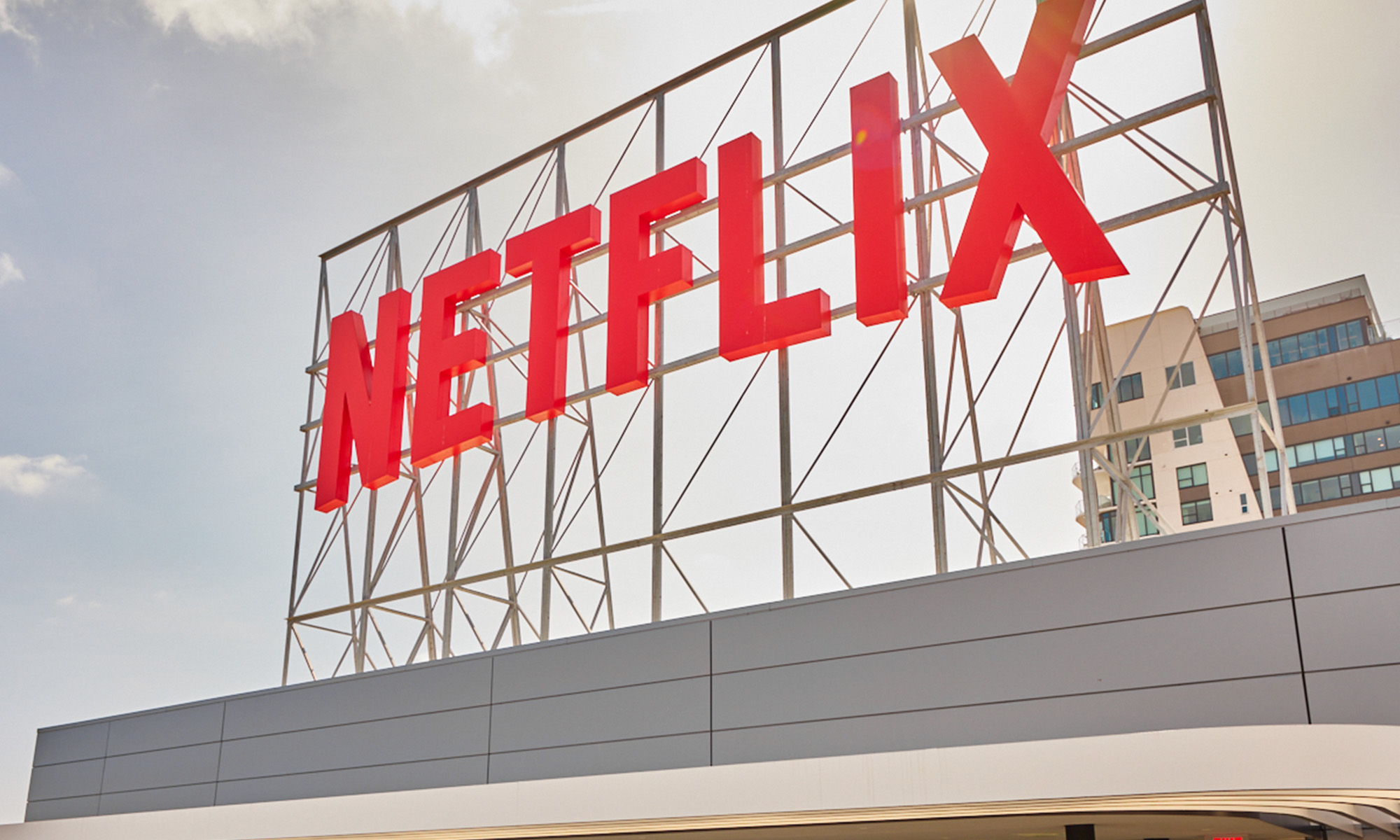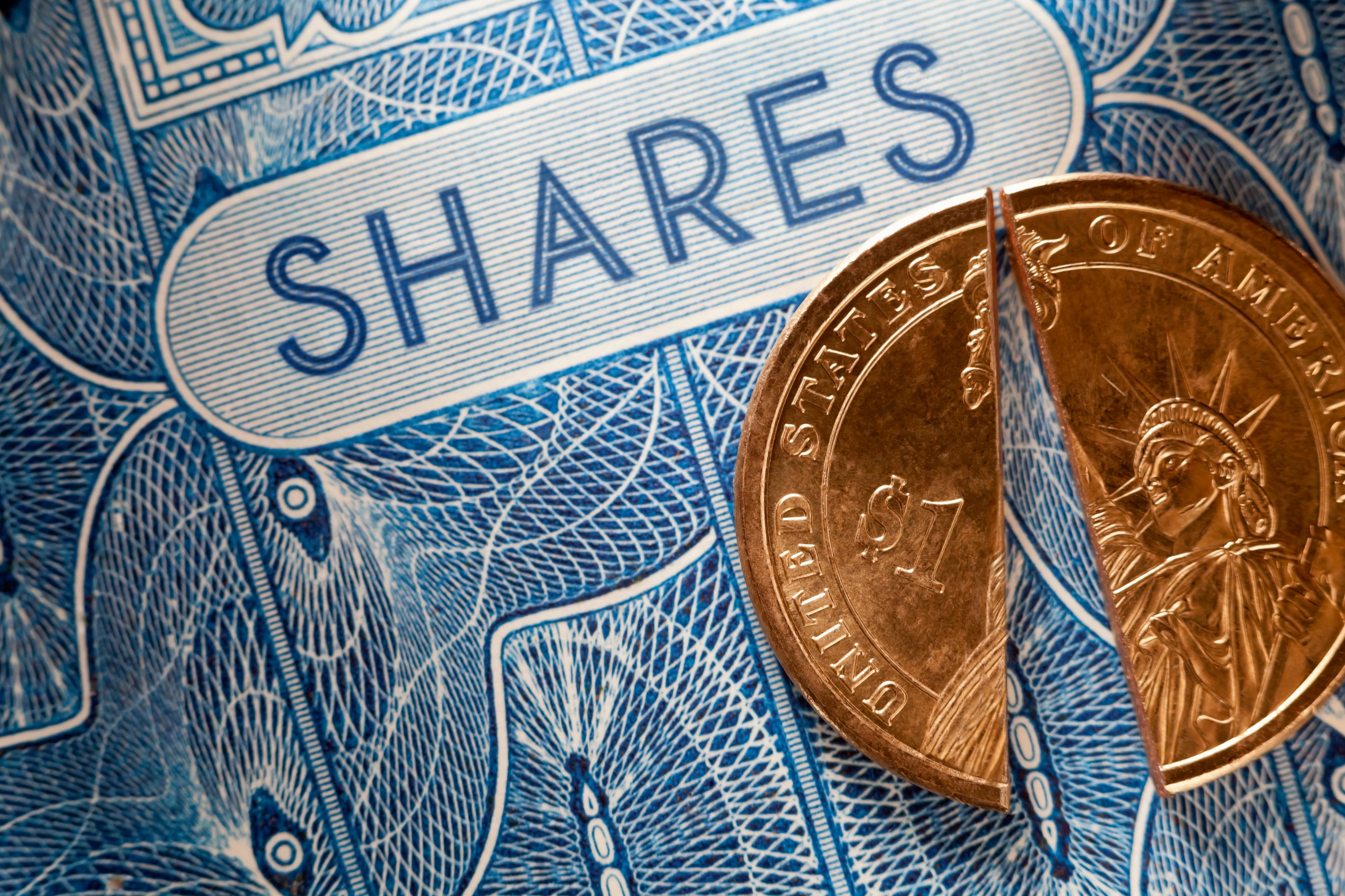No crystal ball is perfect, but you have to like Netflix's (NFLX +0.25%) chances of becoming a much larger force in 2026 than it is right now. Just think of how far the leading premium streaming service has come in the five previous years.
Netflix had just 74.8 million streaming subscribers worldwide at the end of 2015. Five years later it's reaching a global audience of 203.7 million paying homes. Five years ago it was generating roughly double the amount of revenue in the U.S. as it was internationally. Now the majority of its subscribers and revenue generation hail from abroad. There is still a lot of digital real estate left to conquer, so let's take a look at where Netflix might be in five years.

Image source: Getty Images.
The story keeps getting better
Netflix's subscriber count has grown by 172% over the past five years, but revenue has nearly quadrupled -- up 297% -- in that time. This may be a strange thing to see given the big push for international expansion in recent years. Walt Disney (DIS +0.75%) has become a market darling on the strength of its fast-growing streaming service, but average revenue per user at Disney+ is contracting as it sets up camp in international markets.
The secret to Netflix's success is that it's been pushing its monthly rates higher at a healthy clip, and viewers aren't flinching. Netflix has pushed through five rate hikes since early 2014. It has climbed from $7.99 a month for its most popular streaming plan in the U.S. to a whopping $13.99 monthly cover charge earlier this year.
Consumers keep paying Netflix, and why wouldn't they? This is a scalable model, and Netflix is able to divide its escalating content costs into more subscribers to give them more value for their subscription payments. It also only helps that Netflix is still cheaper than HBO Max at $14.99 a month and the live TV streaming services that have skyrocketed to monthly rates at $60 or higher. In short, Netflix will continue to test its pricing elasticity until its subscribers vote with their feet and cancellation requests.
One of the neat things about Netflix is that it's no longer solely a tastemaker of stateside content. As it reaches critical mass in key markets it's been able to invest in programming from all over the world. This is the kind of global scalability that even Disney isn't likely catch up with anytime soon.
How big will Netflix be in five years? Analysts see revenue more than doubling to $51.5 billion in 2025. Earnings per share should more than quadruple. Put another way, the stock may double in the next five years, and its earnings multiple would still be cut by more than half. These figures may prove conservative, especially if Netflix makes the most of its pole position to make shrewd acquisitions or enter into new related markets.
There's a lot of upside in the future, and earlier this year Netflix said that it no longer needs to raise external financing to fuel its day-to-day operations. Netflix is already one of the market's more popular media stocks, but it will only get bigger and better from here.







